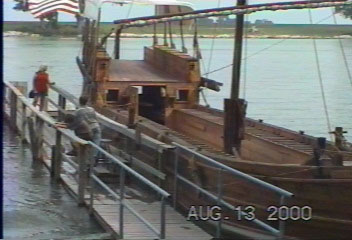
Replica Lewis and Clark Keel Boat
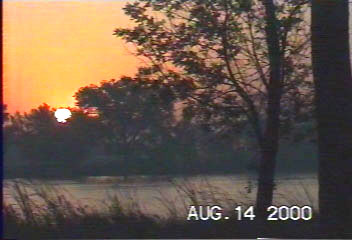
Sunrise over the Missouri

Replica Lewis and Clark Keel Boat |

Sunrise over the Missouri |
Do you have any idea how many historical markers, scenic byway signs, view point signs and point of interest signs there are along America's highways? Well I do. Here we came across a sign that said, "Lewis and Clark State Park and Keel Boat Exhibit." So we turned in for a quick stop. Once the boys saw other kids swimming in the Missouri River there was no getting out for the evening. The moon rising over the Missouri was spectacular but too dark for a good picture.
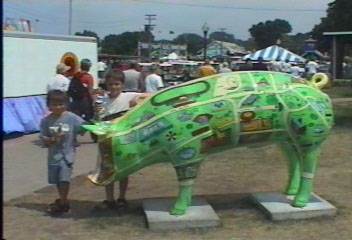 |
My parents had a collection of National Geographics when
I was a kid and one of my favorite old issues was one about the Iowa State
Fair. Since we were headed that way and the timing was right I had to go.
The Folks here claim it is the largest fair. I'm
pretty sure of one thing, it has the most food. There are food
concession stands everywhere.
|
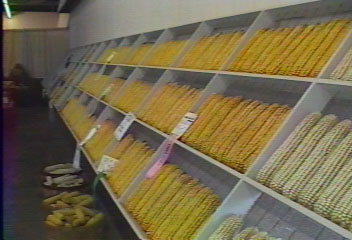 |
It was two either too early in the season or these folks are just plain tied of looking at corn and after a hard day in the fields can't stand to see it on the table. We did see a little corn in a grocery. It was 25 cents an ear and the sign said "Colorado Sweet Corn", go figure. |
| Guinness record holder for house of cards working on
model of the Iowa State Capitol Building.
The building are hot, it was in the low nineties and the
humidity was 100%. There were a lot of very large fans blowing inside
and yet these cards did not fall.
He uses no glue, tape, or other stuff to hold the cards. Pretty incredible |
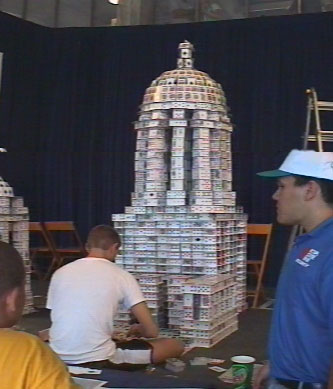 |
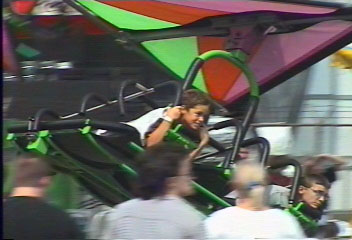 |
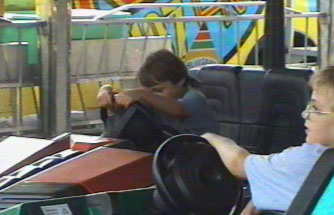 |
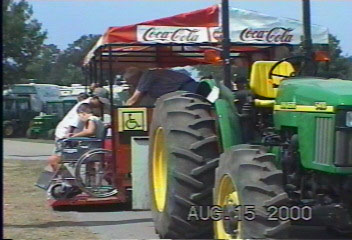 |
Even if the fair is not the largest in the country, I bet the campground is. During fair week there are as many as 3300 trailers or tent here. Although Quartzsite Arizona boost 12,000 RVers they are in smaller groups of 10 to 100 spread across the desert. Here they are packed in pretty tight. The evening we arrived there were two spaces left. |
| Mitch and Max learned how to weave a basket in the Cultural Center | 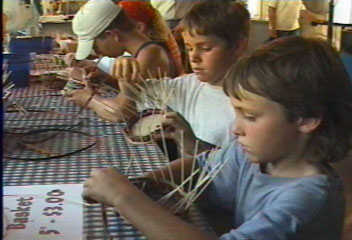 |
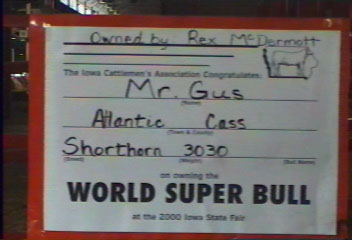 |
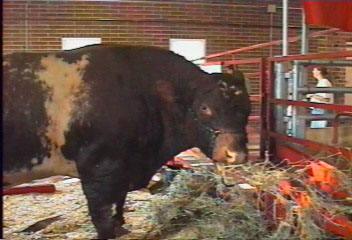 |
| Many of the building were constructed in the twenties
or thirties and display a grand architecture of those times. The
Iowa State fair is a long time tradition here.
We rode on the "Ye Old Mill" ride. Its a love tunnel type of ride. Once through the opening in the mill it's mostly a dark tunnel but has an occasional lighted display. This ride has been here since 1921. If you know anyone from Iowa you'll have to ask them if they have ridden this one. |
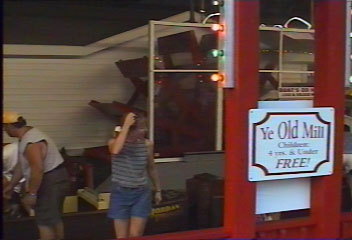 |
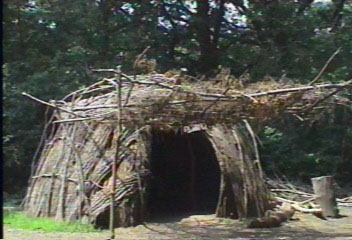 |
Just east of Des Moines is a Living Farm Museum.
It sits on a couple hundred acres and contains four distinct farms displaying
life in Iowa during the 1700's, a small farm 1850, a farm around the turn
of the century (1900), and a small town about that same time.
This small indian home was made by stacking tree bark around a pole structure. The back is in sheets about 18 inches wide and six feet long. |
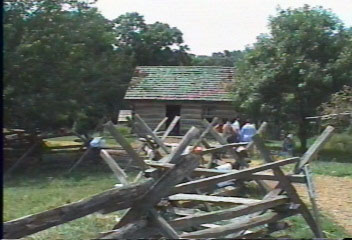 |
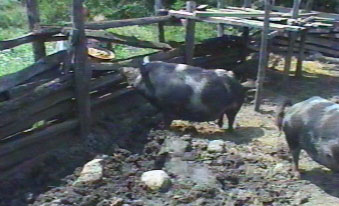 |
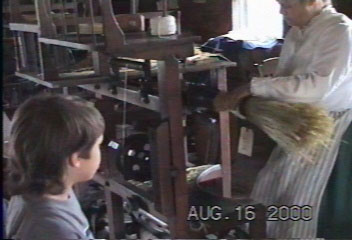 |
There were many horses in the barn of the 1900 farm and
it reminded me of Iowa farms in the 1960's with the exception of electricity
and a few appliances and newer tractors. For the most part it was
the same, barns, silos, windmills and a few big shade trees to escape the
hot sun and heat of cooking in the kitchen.
In the town center we visited with the blacksmith and learned that the iron rim around a wagon wheel is called a tire and learned how these tires were maintained, watch brooms being made, talked with the druggists, and toured the general store. The hands on aspect of this living museum really captured or interest. |
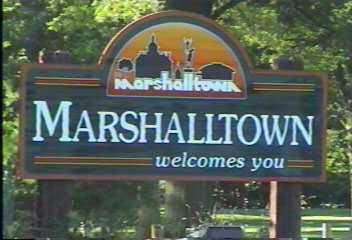
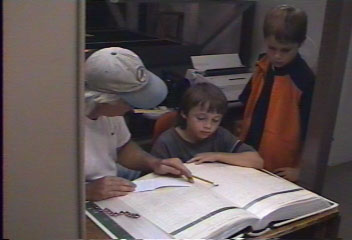 |
We went to the courthouse and reviewed the birth records,
death records, and army discharge records. Marriage records and property
sales were also there.
Mitch and Max really got into finding the Nodland name in these books. They probably were surprised that here in the middle of the country was their name. Max learned that his great grandfather's first name is his grandfathers middle name, his dad's middle name, and his middle name. |
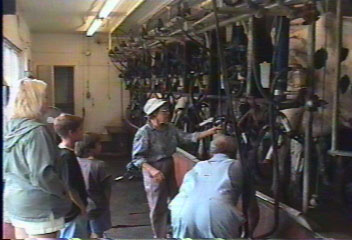 |
Next we went to see if we could find the old farm of
my aunt and uncle. It had been torn down a few years back but maybe
we'd somehow find it. I called my mom and she said it was near the
town of Conrad, but we should call Aunt Doris and she may know more precisely.
So we drove about ten miles north to Conrad.
It's a small town and we walk all two blocks of it. I ask the guy at the hardware store if he knew of the Kaput family.
|
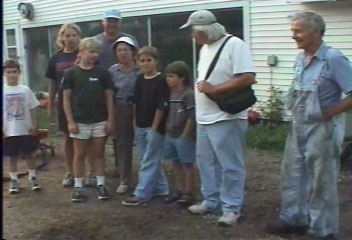 |
I can faintly remember a large picnic here when I was six. I had no idea when I woke up that morning I would be visiting with relatives that day. Mitch thought it would be real neat to work on a Dairy farm like this and Max said it must be the smelliest place on earth. |
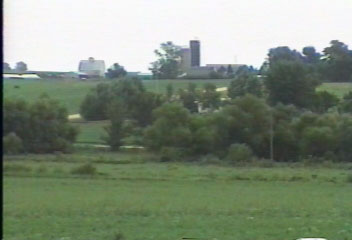 |
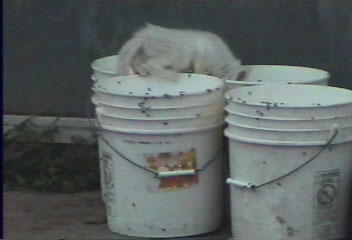 |
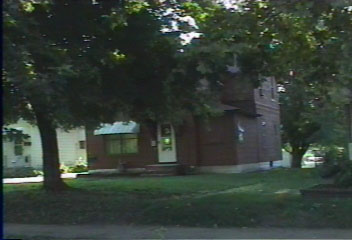 |
The birth records for my dad and all of his brothers and sisters was 105 North 9th. So we drove by and looked at the house there. It looked like it could have been there that long but its hard to tell. I'll have to check with my aunts or uncles |
|
|
|
|
|
ã
copyright Nodland 1999-2020